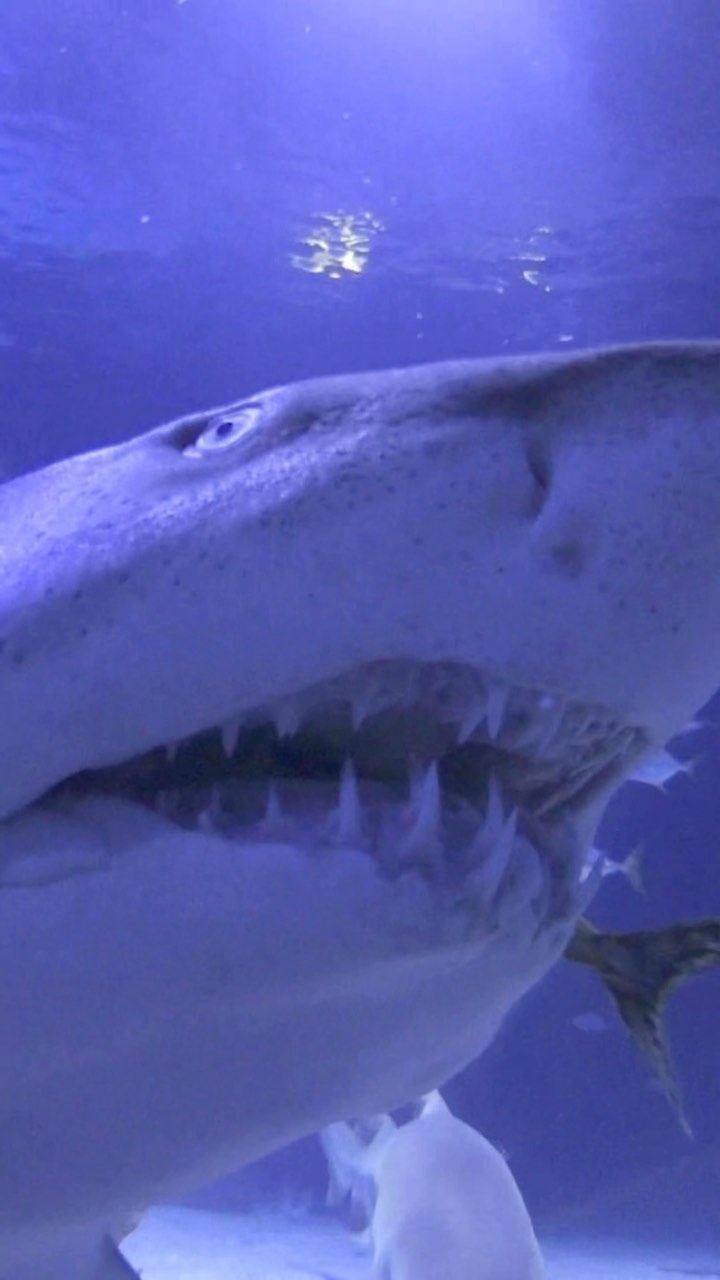Exploring the Mysterious Eating Habits of the Bull Shark
Summary:
1. Bull sharks are fascinating creatures known for their unique eating habits.
2. They can regulate their buoyancy by storing air in their stomachs.
3. This article delves into the intriguing world of bull shark feeding habits.
Welcome to a captivating journey into the extraordinary eating habits of the bull shark! Known for its remarkable adaptations and unique behaviors, this species has caught the attention of marine enthusiasts worldwide. This article will explore the secrets behind the bull shark’s appetite, including its ability to maintain buoyancy through air accumulation in its stomach. So, brace yourself for an exciting and educative adventure!
The Bull Shark: An Apex Predator with a Remarkable Stomach
The bull shark (Carcharhinus leucas) belongs to the family Carcharhinidae and is renowned for its aggressive nature and adaptability. These formidable creatures inhabit coastal and freshwater environments, allowing them to venture into rivers and estuaries for an expansive feeding range.
The Eating Habits of the Bull Shark: A Fascinating Approach
While most sharks rely on their livers to adjust buoyancy, the bull shark employs a different strategy involving its stomach. The bull shark consumes air to maintain neutral buoyancy, which becomes trapped and accumulates within its digestive system. This ingenious mechanism enables the shark to remain suspended in water without needing continuous forward motion.
Feeding on a Diverse Diet: A Versatile Predator
Bull sharks are not particularly picky eaters and have been known to consume a wide range of prey. Their diet is diverse and adaptable, from smaller fish and crustaceans to larger marine mammals. This versatility allows them to survive and thrive in various ecosystems, making them apex predators.
Exploring Bull Shark’s Feeding Preferences: Adaptation at its Finest
Understanding a bull shark’s feeding preferences reveals a great deal about its overall ecological role. While these sharks have been observed consuming marine mammals and larger fish, they also play a crucial role in maintaining the balance within ecosystems by preying on weaker or injured individuals. This ecological balance ensures the overall health of the marine environment.
The Impact of Human Activities on Bull Shark Feeding Habits
Unfortunately, human activities, such as overfishing and pollution, have disrupted the bull shark’s natural feeding patterns. Overexploitation of certain prey species and the accumulation of toxins in their food chain affect the bull shark directly and jeopardize the delicate ecological balance that depends on their presence.
Conservation Efforts: Securing the Future of Bull Sharks
Recognizing the importance of bull sharks within their ecosystems, researchers and conservationists actively work to protect and preserve these magnificent creatures. By promoting sustainable fishing practices, establishing protected areas, and educating local communities, we can ensure the survival and well-being of bull sharks for generations to come.
Conclusion:
The bull shark’s eating habits are undeniably intriguing and provide valuable insight into the fascinating world of these predators. From their unique adaptation to store air in their stomachs for buoyancy to their versatile diet, bull sharks exhibit remarkable traits that contribute to their survival and ecological balance. However, it is crucial to acknowledge our role in protecting these creatures and their habitats to maintain the delicate equilibrium of our marine ecosystems. By fostering conservation efforts, we can safeguard the future of these magnificent creatures and the rich biodiversity they embody. So, let’s continue to explore, learn, and cherish the wonders of our natural world!
*****
Source Description
¿Te gustaría saber qué y cuánto come el tiburón toro? ¡Quédate a ver el vídeo!
👀 Curiosidad extra: es uno de los pocos tiburones que para mantener su flotabilidad, coge bocanadas de aire y las acumula en el estómago para que actúe a modo de flotador.

